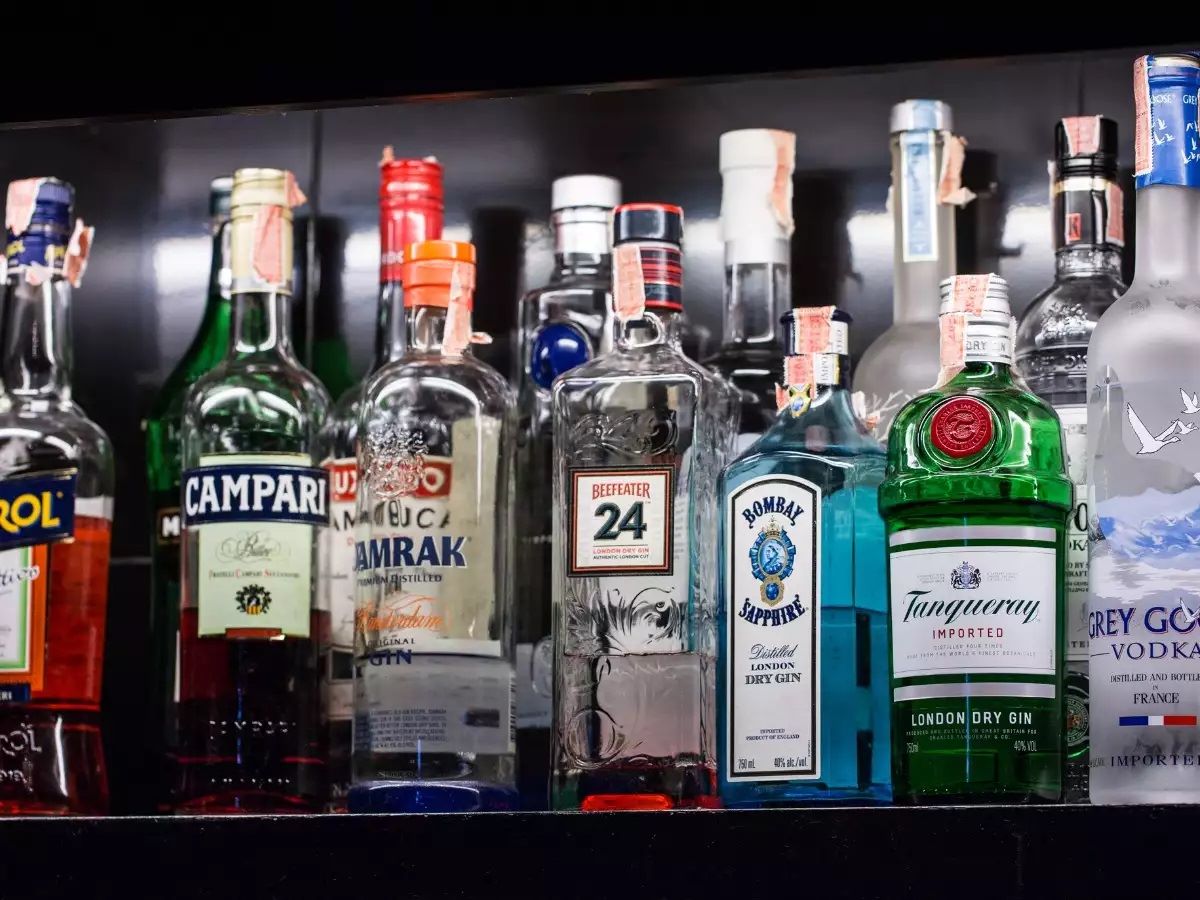

Articles
How To Store Alcohol
Modified: January 22, 2024
Read informative articles on how to properly store alcohol to maintain its quality and taste. Discover expert tips on temperature, light exposure, and more.
(Many of the links in this article redirect to a specific reviewed product. Your purchase of these products through affiliate links helps to generate commission for Storables.com, at no extra cost. Learn more)
Introduction
When it comes to storing alcohol, whether it’s fine wines, spirits, or craft beers, proper storage is essential to maintaining their quality and taste. Storing alcohol correctly not only helps preserve its flavor but also prevents it from spoiling or oxidizing prematurely. In this article, we will explore the factors to consider when storing alcohol, including choosing the right storage location, maintaining optimal temperature and humidity levels, protecting it from light, selecting the preferred containers, and more.
Whether you’re a wine enthusiast, a beer connoisseur, or someone who simply enjoys a quality cocktail, investing time and effort into proper alcohol storage will ensure that you can enjoy your favorite beverages at their best, whenever you choose to indulge.
So, let’s dive in and explore the key factors to consider when storing alcohol, so you can create your own personal cellar or space and preserve your bottles for ultimate enjoyment!
Key Takeaways:
- Proper storage, sealing, and monitoring are crucial for maintaining the quality and flavor of your alcohol collection. Create an ideal environment, organize effectively, and age your beverages with care to ensure a delightful drinking experience.
- Protect your alcohol from light exposure, choose the right storage location, and seal bottles properly to preserve the integrity of your favorite beverages. Organize, monitor, and age your collection to enjoy each sip at its best.
Read more: How To Store Sherry
Factors to Consider when Storing Alcohol
When it comes to storing alcohol, there are several important factors to consider to ensure that your beverages remain in optimal condition. Let’s take a closer look at these factors:
- Temperature: One of the most critical factors in alcohol storage is maintaining a consistent temperature. Fluctuations in temperature can lead to the deterioration of the liquid, affecting its taste and quality. It is recommended to store alcohol in a cool, dark place with a temperature range between 45°F and 65°F (7°C to 18°C).
- Humidity Level: The humidity level in your storage area is another crucial factor to consider. High humidity can damage labels and cause mold growth, while low humidity can dry out corks, leading to leaks or oxidation. Aim for a humidity level between 50% to 70% to ensure the longevity of your bottles.
- Light Exposure: Ultraviolet (UV) rays can be harmful to alcohol, especially wines. Prolonged exposure to sunlight or fluorescent lights can cause chemical reactions, resulting in off-flavors and deterioration. Store your alcohol in a dark area or invest in tinted glass bottles to protect them from light exposure.
- Vibration: Constant vibrations can disturb the sediment in wines and affect the aging process. Avoid storing your alcohol near appliances or areas with frequent vibrations to prevent any disturbance to the bottles.
- Air Exposure: Oxygen exposure can lead to oxidation and spoilage of alcohol, particularly in wines. Ensure that bottles are properly sealed to limit air contact and invest in airtight containers for opened beverages.
- Position: Store bottles horizontally to keep the corks moist and prevent them from drying out. This is especially important for wines sealed with a cork, as a dry cork can lead to air leakage and spoilage.
- Compatibility: Consider the compatibility of different types of alcohol when storing them together. Strong flavors and aromas from one type of alcohol can seep into others if they are stored too closely, potentially altering their taste profiles.
By taking these factors into consideration, you can create an ideal environment for storing your alcohol and ensure that each sip is as enjoyable as the first.
Choosing the Right Storage Location
When it comes to storing alcohol, the location you choose plays a crucial role in maintaining the quality and longevity of your beverages. Here are some factors to consider when selecting the right storage space:
- Cool and Dark: Look for a storage area that is cool and dark, such as a basement, wine cellar, or a dedicated beverage refrigerator. Excessive heat and light can accelerate the aging process and negatively impact the taste of your alcohol.
- Stable Temperature: Temperature fluctuations can be detrimental to alcohol, causing it to deteriorate quickly. Choose a storage location with a consistent temperature range, ideally between 45°F and 65°F (7°C to 18°C).
- Away from Odors: Strong odors can permeate through corks and affect the flavors of your alcohol. Keep your storage area away from pungent foods, cleaning products, or any other items with strong aromas.
- Avoid Direct Sunlight: UV rays can harm alcohol, especially wines. Find a storage spot that is shielded from direct sunlight or invest in UV-resistant tinted glass bottles.
- Low Vibration: Limit vibrations in the storage location, as excess movement can disturb sediment in wines and interfere with the aging process. Avoid storing alcohol near appliances or areas prone to constant vibration.
- Adequate Ventilation: Good airflow helps prevent musty odors and mold growth. Ensure proper ventilation in your storage space or use a wine refrigerator that provides controlled humidity levels.
Consider these factors when choosing the right storage location for your alcohol collection. It is essential to create an environment that protects your beverages from external factors that can compromise their quality and taste.
Temperature and Humidity Level
Temperature and humidity are crucial factors when it comes to storing alcohol. Maintaining the right conditions can ensure the longevity, flavor, and overall quality of your beverages. Let’s take a closer look at the ideal temperature and humidity levels for storing alcohol:
Temperature:
The temperature at which you store your alcohol plays a significant role in preserving its taste and preventing spoilage. Here are some key points to consider:
- For most types of alcohol, including wines, spirits, and beers, it is recommended to store them in a cool place with a consistent temperature.
- The ideal temperature range for alcohol storage is between 45°F and 65°F (7°C to 18°C).
- Extreme heat or excessive cold can have adverse effects on the flavor and integrity of the beverages.
- Avoid storing alcohol in areas prone to temperature fluctuations, such as near windows, heating vents, or kitchen appliances.
Humidity Level:
Humidity levels also play a crucial role in alcohol storage, particularly for wines. Here’s what you need to know:
- The ideal humidity range for alcohol storage is between 50% and 70%.
- Excessively high humidity can lead to mold growth and damage to labels.
- Low humidity can cause corks to dry out, leading to leaks or oxidation.
- Investing in a wine refrigerator or cellar with humidity controls can help maintain the optimal humidity level.
It’s important to note that different types of alcohol may have specific temperature and humidity requirements. For example, certain wines may benefit from slightly lower temperatures, and some spirits may require higher humidity levels. Always refer to specific guidelines for each type of alcohol to ensure proper storage conditions.
By controlling the temperature and humidity levels in your storage area, you can keep your alcohol collection in excellent condition, preserving its distinct flavors and ensuring a delightful drinking experience.
Protecting Alcohol from Light
Light can have a profound impact on the quality and taste of alcohol, particularly with wines and certain spirits. To ensure that your beverages remain in optimal condition, it’s crucial to protect them from light exposure. Here are some important points to consider:
Ultraviolet (UV) Rays:
UV rays can be harmful to alcohol, causing chemical reactions that lead to off-flavors and deterioration. Here’s what you can do to protect your beverages:
- Store your alcohol in a dark area, away from direct sunlight. Sunlight contains high levels of UV rays that can penetrate through bottles and tinted glass, damaging the liquid inside.
- Choose a storage location that is shielded from natural and artificial light sources. Avoid areas near windows or fluorescent lights that emit UV radiation.
- If you’re displaying your alcohol collection, consider investing in UV-resistant tinted glass bottles to provide an extra layer of protection against light damage.
Visible and Artificial Light:
While UV rays are particularly harmful, visible and artificial light can also contribute to the deterioration of alcohol. Here’s how you can minimize light exposure:
- Opt for darker storage containers or cabinets. Dark-colored materials can provide an added layer of protection by blocking out more light than transparent or light-colored ones.
- If you have a wine cellar or display area, consider using dim lighting or LED lights that emit low levels of UV radiation.
- Avoid exposing bottled beverages to direct light for extended periods, even if they are tinted or stored in darker containers.
By taking these measures to protect your alcohol from light exposure, you can ensure that the flavors and integrity of your beverages remain intact. Preserving the quality of your alcohol will result in a more enjoyable drinking experience, whether it’s a perfectly aged wine or a premium, light-sensitive spirit.
Read more: How To Store Prosecco
Preferred Containers for Alcohol Storage
The choice of containers for alcohol storage is crucial in maintaining the quality and longevity of your beverages. The right container can help protect against external factors that can compromise flavor, aroma, and overall integrity. Here are some preferred containers for storing alcohol:
Glass Bottles:
Glass bottles are widely regarded as one of the best options for storing alcohol, especially wines. Here’s why:
- Glass is inert and doesn’t react chemically with the contents of the bottle, ensuring the purity and integrity of the drink.
- Glass provides excellent protection against oxygen, UV light, and temperature fluctuations.
- Dark-colored glass, such as amber or green, offers additional protection against light damage.
- Choose bottles with airtight seals and quality corks or screw caps to prevent air exposure and leakage.
Stainless Steel Containers:
For spirits, stainless steel containers are often preferred due to their durability and airtight properties:
- Stainless steel is resistant to corrosion, ensuring that the quality of the spirits remains intact.
- These containers are excellent for long-term storage, especially for high-proof spirits or homemade infusions.
- Look for containers with tight-fitting lids or caps to prevent air exposure and maintain freshness.
Wooden Barrels:
Wooden barrels are commonly used for aging and maturing certain types of alcohol, such as wines, whiskeys, and tequilas:
- Wooden barrels allow the alcohol to breathe and interact with the flavors present in the wood, enhancing complexity and depth.
- They provide a controlled micro-oxygenation process, aiding in the gradual evolution and development of the drink.
- Barrels are typically lined to prevent excessive oxidation and maintain a suitable environment for aging.
When selecting containers for alcohol storage, consider the specific needs of your beverages. Different types of alcohol may require different storage conditions, and the choice of container should align with those requirements.
Remember, regardless of the container you choose, proper sealing is crucial to prevent air exposure and maintain the quality of your alcohol over time. Invest in high-quality containers and ensure they are properly sealed to safeguard your precious beverage collection.
Store alcohol in a cool, dark place away from direct sunlight and heat sources. Keep bottles upright to prevent cork deterioration and seal tightly to avoid evaporation.
Properly Sealing Bottles and Containers
Properly sealing bottles and containers is essential for preserving the quality and freshness of your alcohol. Airtight seals help prevent air exposure, which can lead to oxidation, flavor degradation, and spoilage. Here are some key points to consider when sealing your bottles and containers:
Corks:
Corks are commonly used for sealing wine bottles and certain spirits. Here’s how to ensure a proper seal:
- Inspect the corks for any signs of damage or dryness before using them. Damaged or dried-out corks should be replaced to maintain a tight seal.
- Use a quality corkscrew or wine opener to ensure clean and smooth cork removal, minimizing the risk of cork breakage or crumbling.
- When resealing wine bottles, ensure that the cork is inserted firmly and evenly, providing a tight seal against air exposure.
- Consider using a wine stopper or vacuum wine preservation system for partially consumed bottles, as they provide a more airtight seal than reinserting the original cork.
Screw Caps:
Screw caps are increasingly used as an alternative to corks, especially for wines and some spirits. Here’s how to ensure a proper seal:
- Make sure the screw caps are clean and free from any debris or residues before sealing the bottles.
- Tighten the screw caps securely to create an airtight seal, but be careful not to over-tighten, which can cause damage to the caps or threads.
- For wines with screw caps, consider storing them upright to minimize the contact between the wine and the seal, as some screw caps may have a liner that can interact with the wine over time.
Other Sealing Options:
For spirits or home-infused beverages stored in other container types, such as stainless steel or glass, consider these sealing methods:
- Use silicone or rubber gaskets to create an airtight seal for stainless steel containers.
- Ensure that lids or caps on glass containers are tightly closed, and consider using wax seals or additional seals for added protection.
- If using wooden barrels for aging or maturing alcohol, ensure the barrel is properly bunged or sealed to prevent excessive air exposure.
Regardless of the sealing method, it’s important to regularly check the integrity of the seals and replace any damaged or deteriorated components. Remember, maintaining a proper seal is crucial for preserving the quality and freshness of your alcohol collection.
Organizing and Arranging Alcohol
Organizing and arranging your alcohol collection not only makes it visually appealing but also allows for easier access and inventory management. Here are some tips for effectively organizing and arranging your beverages:
Categorize by Type:
Sort your alcohol collection by type, such as wines, spirits, or beers. Within each category, further categorize by subtypes or regions, such as red wines, white wines, whiskies, or craft beers. This organizational structure makes it easier to locate specific bottles and helps maintain an organized collection.
Consider the Frequency of Consumption:
Arrange your alcohol based on the frequency of consumption. Place frequently enjoyed beverages in a more accessible location, whether it’s a designated shelf in your wine cellar or a cooler in your refrigerator. This ensures that your favorite drinks are readily available for enjoyment.
Label and Date:
Label your bottles or containers with clear identification and the date of purchase or vintage year for wines. This helps keep track of inventory and ensures that you consume your beverages within their optimal timeline. Sharpies or adhesive labels are helpful tools for labeling, and you may consider investing in specialty wine cellar management software or apps for more extensive collections.
Storage Racks and Shelves:
Invest in storage racks or shelves designed specifically for alcohol storage. These racks can provide a stable and organized display, allowing you to store bottles horizontally or vertically based on their recommended storage position. Choose racks or shelves made of materials that absorb minimal heat and vibration, such as wood or metal. Adjustable shelves can accommodate various bottle sizes and shapes.
Temperature Zones:
If you have a larger alcohol collection, consider creating temperature zones within your wine cellar or beverage refrigerator. Different types of alcohol may require different temperature ranges for optimal storage. This allows you to maintain the ideal conditions for each type without compromising the quality of your beverages.
Inventory Management:
Maintain a digital or physical inventory list to keep track of your alcohol collection. Note the quantity, type, vintage (if applicable), and location of each bottle. Regularly update the inventory list to avoid purchasing duplicates or overlooking older bottles that may need to be enjoyed sooner.
By implementing these organizing strategies, you can create a visually appealing and functional space for your alcohol collection. Not only will it enhance the overall aesthetics of your storage area, but it will also make it easier to find and enjoy your favorite beverages while ensuring an orderly and efficient system for inventory management.
Monitoring and Rotating Stock
Monitoring and rotating stock is an essential practice when it comes to managing your alcohol collection. Regularly checking the condition of your beverages and properly rotating them ensures that you consume them at their best. Here are some tips for effectively monitoring and rotating your stock:
Check for Spoilage:
Regularly inspect your bottles for any signs of spoilage or damage. Look for leaking corks, mold, or off smells. For wines, check for any discoloration or cloudiness. If you notice any issues, remove the affected bottle from your collection to prevent cross-contamination.
Monitor Expiry Dates:
Pay attention to expiry dates or recommended consumption windows, especially for beverages such as beers and certain spirits that have a shorter shelf life. Consume these beverages before they exceed their expiration dates to enjoy them at their peak quality.
Track Aging Potential:
For wines or spirits that improve with age, keep track of their aging potential. Note the optimal aging window for each bottle and make a plan to enjoy them within that timeframe. Regularly assess the progress of aging and decide when each bottle is ready to be opened and enjoyed.
Practice the “First In, First Out” Rule:
When it comes to consuming your alcohol, follow the “first in, first out” (FIFO) rule. This means consuming the oldest bottles first to prevent them from aging past their prime. This rotation ensures that you enjoy your beverages at their freshest and reduces the risk of bottles being forgotten or neglected in the back of your collection.
Reorganize and Rearrange:
Periodically reorganize and rearrange your alcohol collection. This helps you rediscover forgotten bottles and ensures that each bottle gets its fair share of attention. It also provides an opportunity to reevaluate your inventory and assess any gaps or excesses in certain types of alcohol.
Temperature and Storage Conditions:
Continuously monitor the temperature and storage conditions of your alcohol collection. Regularly check that your storage area maintains the desired temperature and humidity levels. Make adjustments as needed to ensure that your beverages are stored in the optimal environment.
By implementing these monitoring and rotating practices, you can maintain the quality and enjoy your alcohol collection to the fullest. Regularly assessing the condition of your beverages and consuming them in a prompt manner ensures that you experience their flavors at their peak and prevents any wasted bottles due to spoilage or degradation.
Read more: How To Store Kahlua
Aging and Cellaring Alcohol
Aging and cellaring alcohol is a practice embraced by enthusiasts who appreciate the depth and complexity that time can impart to certain beverages. Whether it’s wine, whiskey, or beer, proper aging techniques can enhance the flavors and aromas of alcohol. Here are some important considerations when it comes to aging and cellaring your favorite beverages:
Understanding Aging Potential:
Not all types of alcohol benefit from aging. It’s important to understand which beverages have the potential to improve with time and which are meant to be consumed relatively young. Some examples of beverages that typically benefit from aging include:
- Fine wines, particularly red wines with high tannins and acidity, such as Cabernet Sauvignon or Bordeaux blends.
- Whiskeys, especially high-quality single malts or aged bourbons.
- Strong ales or barley wines with complex flavors, which can develop and mellow over time.
Ideal Cellaring Conditions:
Creating the right environment for cellaring your alcohol is crucial for optimal aging. Here are some key factors to consider:
- Temperature: Maintain a consistent temperature between 50°F and 60°F (10°C to 15.5°C). Fluctuations can negatively impact the aging process.
- Humidity: Aim for a humidity level between 50% and 70% to prevent corks from drying out and to promote ideal conditions for aging.
- Light: Keep your cellaring area as dark as possible to protect the beverage from UV rays, which can cause chemical reactions and spoilage.
- Vibration: Minimize vibration in your cellaring space, as it can disturb sediments in wines and affect the aging process.
Proper Bottle Positioning:
When cellaring wine with cork closures, store the bottles horizontally to keep the corks moist and prevent them from drying out. However, for spirits with cork seals, store them upright to prevent the alcohol from interacting with the cork and potentially imparting unwanted flavors.
Patience and Time:
Aging alcohol requires patience. Not all bottles will reach their peak at the same time, and some may require several years or even decades to fully develop their flavors. Regularly taste and assess the progress of aging to determine when a bottle has reached its desired maturity. Keep in mind that not all bottles will age gracefully, and some may decline in quality over time.
Research and Expertise:
It’s advisable to do research and consult experts or resources specific to the type of beverage you’re aging. Each type of alcohol has its own optimal cellaring conditions and aging potential, so understanding the specific guidelines for your preferred beverage is essential to ensure the best possible results.
By following these guidelines and investing time, patience, and care in the aging process, you can create a collection of beautifully aged beverages that showcase the complexity and nuances that only time can reveal.
Conclusion
Properly storing and caring for your alcohol collection is essential to maintain the quality, flavor, and overall enjoyment of your favorite beverages. By considering factors such as temperature, humidity, light exposure, and container choice, you can create an ideal environment for storing your alcohol.
Choosing the right storage location, whether it’s a dedicated wine cellar, beverage refrigerator, or a designated shelf, is paramount. Keeping your alcohol in a cool, dark, and stable environment helps prevent spoilage and maintains the integrity of the beverages.
Protecting alcohol from light exposure, particularly harmful UV rays, is crucial as it can cause off-flavors and deterioration. Choosing the appropriate containers, such as glass bottles for wine, stainless steel containers for spirits, or wooden barrels for aging, helps preserve the flavors and protect against external factors.
Properly sealing bottles and containers helps prevent air exposure and maintain freshness. Whether you use corks, screw caps, or other sealing methods, ensuring an airtight seal is vital to preserving the quality of your alcohol.
Organizing and arranging your alcohol collection not only enhances the visual appeal but also facilitates easy access and inventory management. By categorizing, labeling, and practicing the “first in, first out” rule, you can maintain an organized and efficient system for enjoying your beverages.
Monitoring and rotating stock ensures that you consume your alcohol at its best. Regularly checking for spoilage, monitoring expiry dates or aging potential, and reorganizing your collection helps prevent the wastage of bottles and allows you to enjoy your beverages when they’re at their peak.
Aging and cellaring alcohol requires patience and proper understanding of your preferred beverages. With the right environment, bottle positioning, and time, you can create a collection of beautifully aged beverages that showcase the depth and complexity that only comes with age.
In conclusion, proper storage, sealing, organizing, monitoring, and aging techniques are key to maintaining the quality of your alcohol collection. By following these guidelines, you can ensure that each sip of your favorite wine, spirit, or beer is a delightful experience that tantalizes your taste buds.
Frequently Asked Questions about How To Store Alcohol
Was this page helpful?
At Storables.com, we guarantee accurate and reliable information. Our content, validated by Expert Board Contributors, is crafted following stringent Editorial Policies. We're committed to providing you with well-researched, expert-backed insights for all your informational needs.
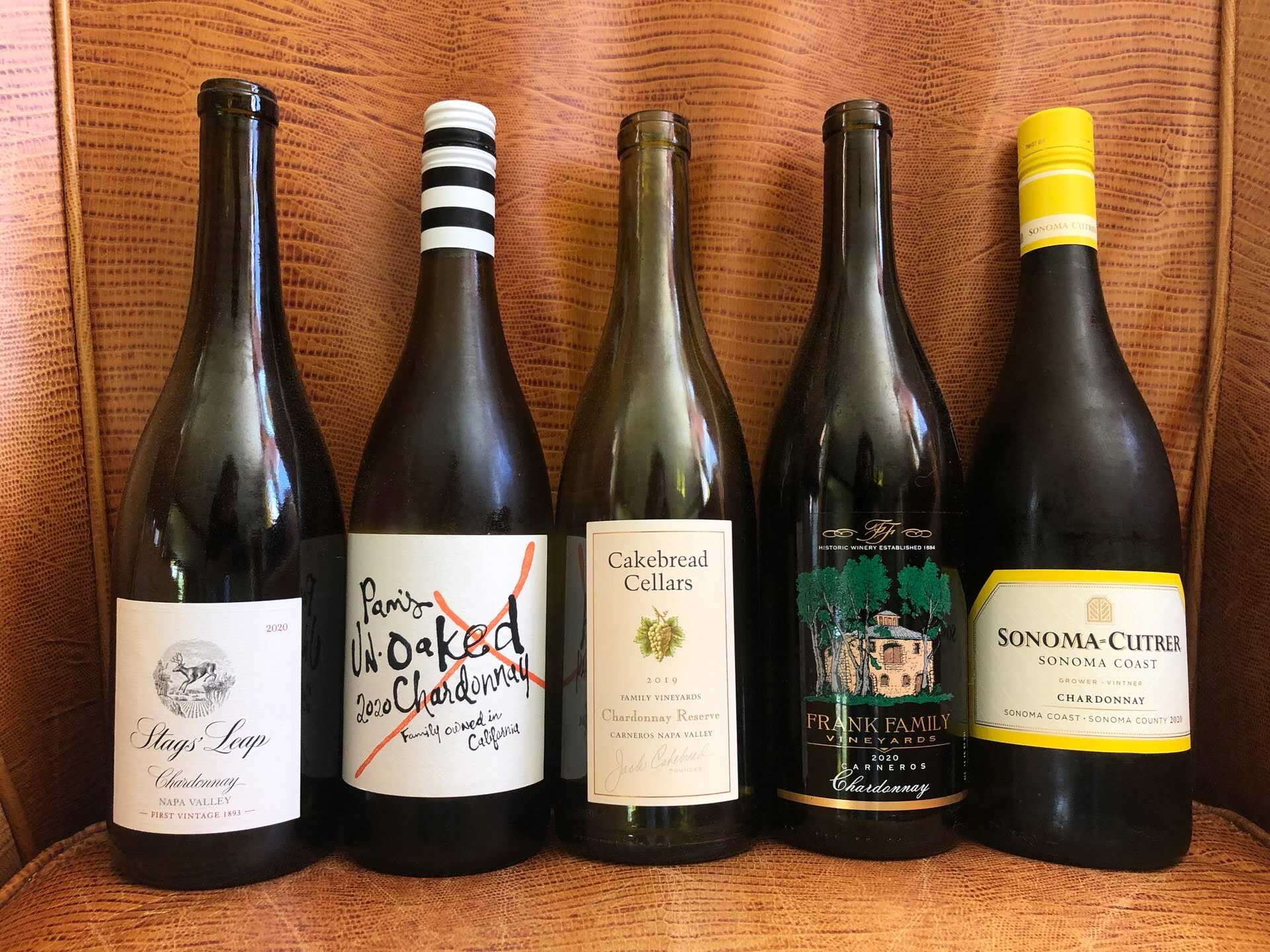
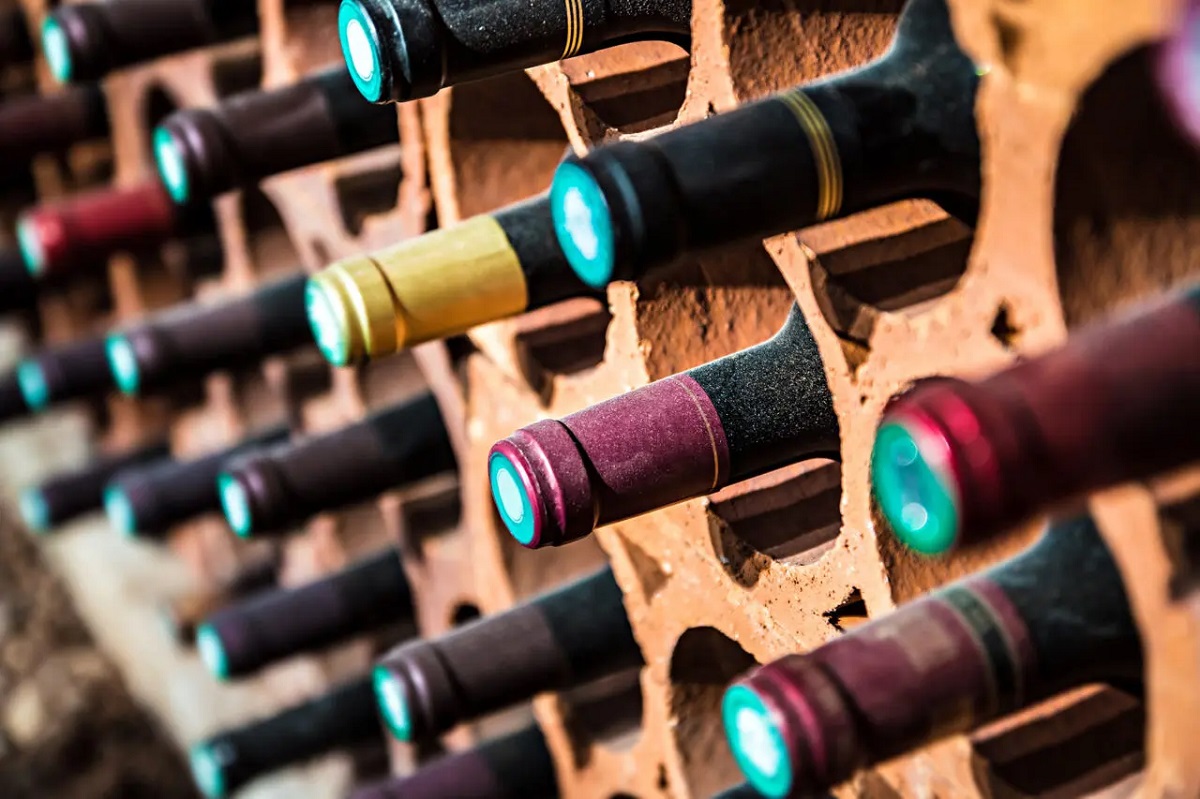
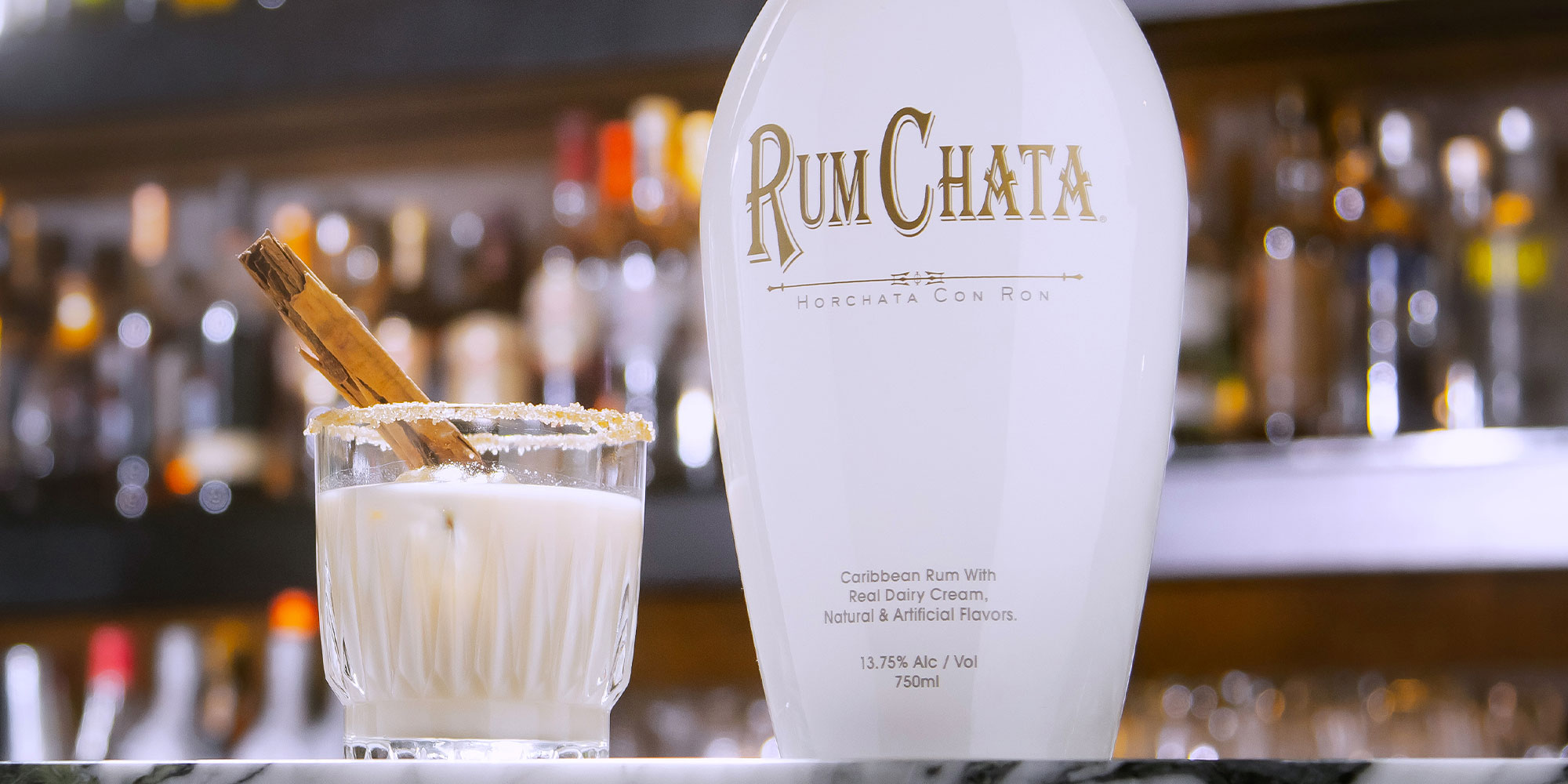
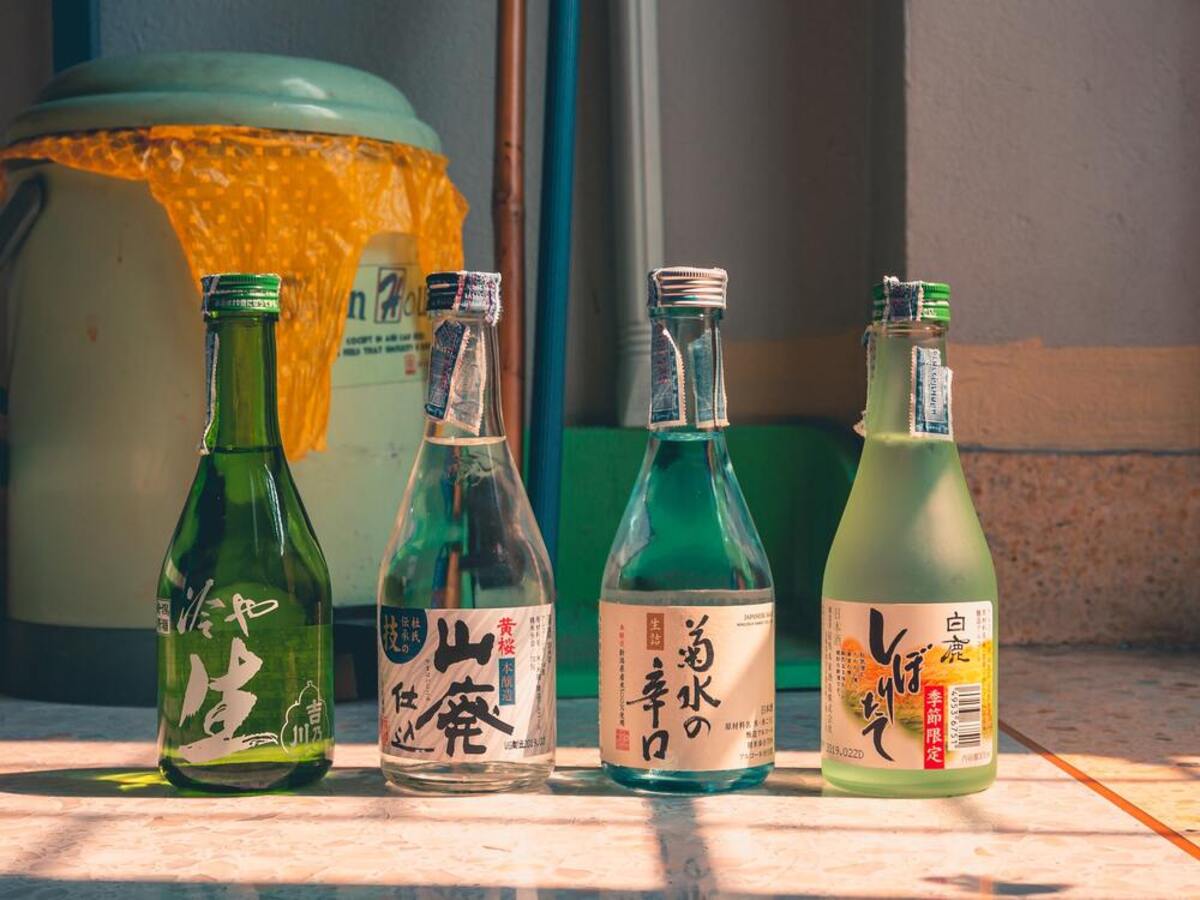
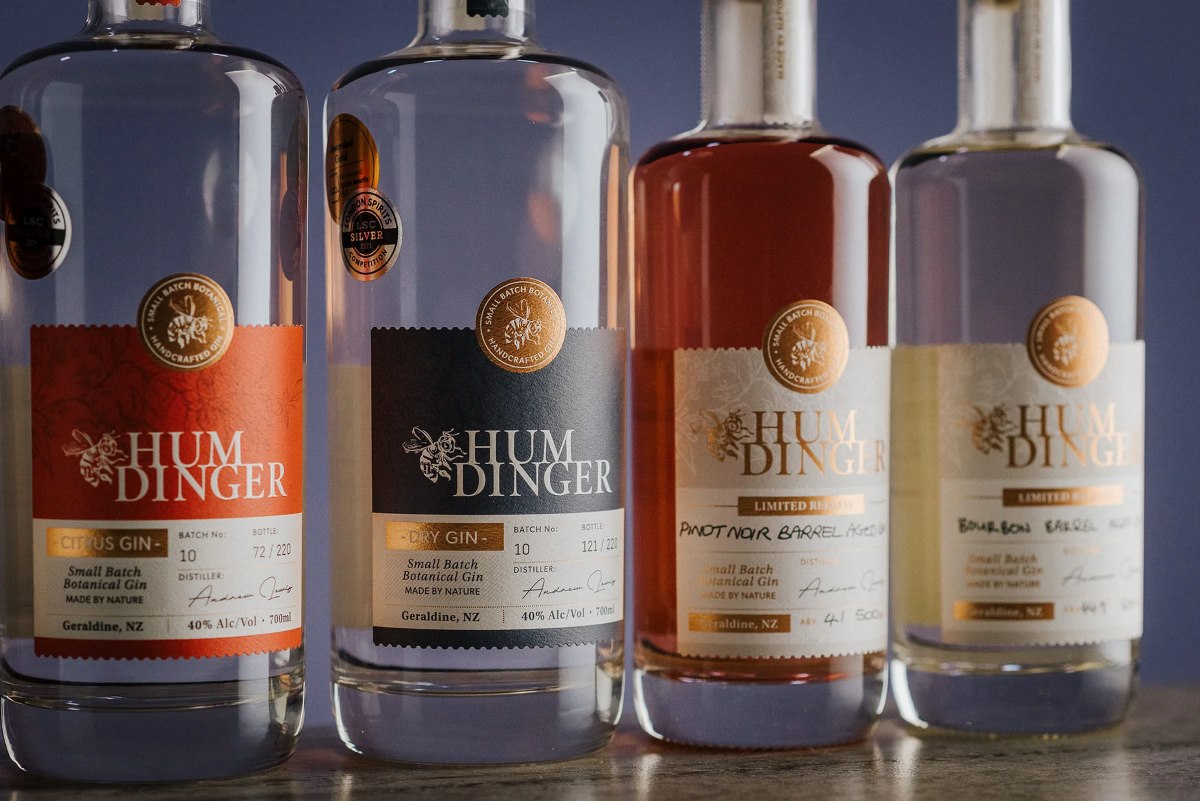
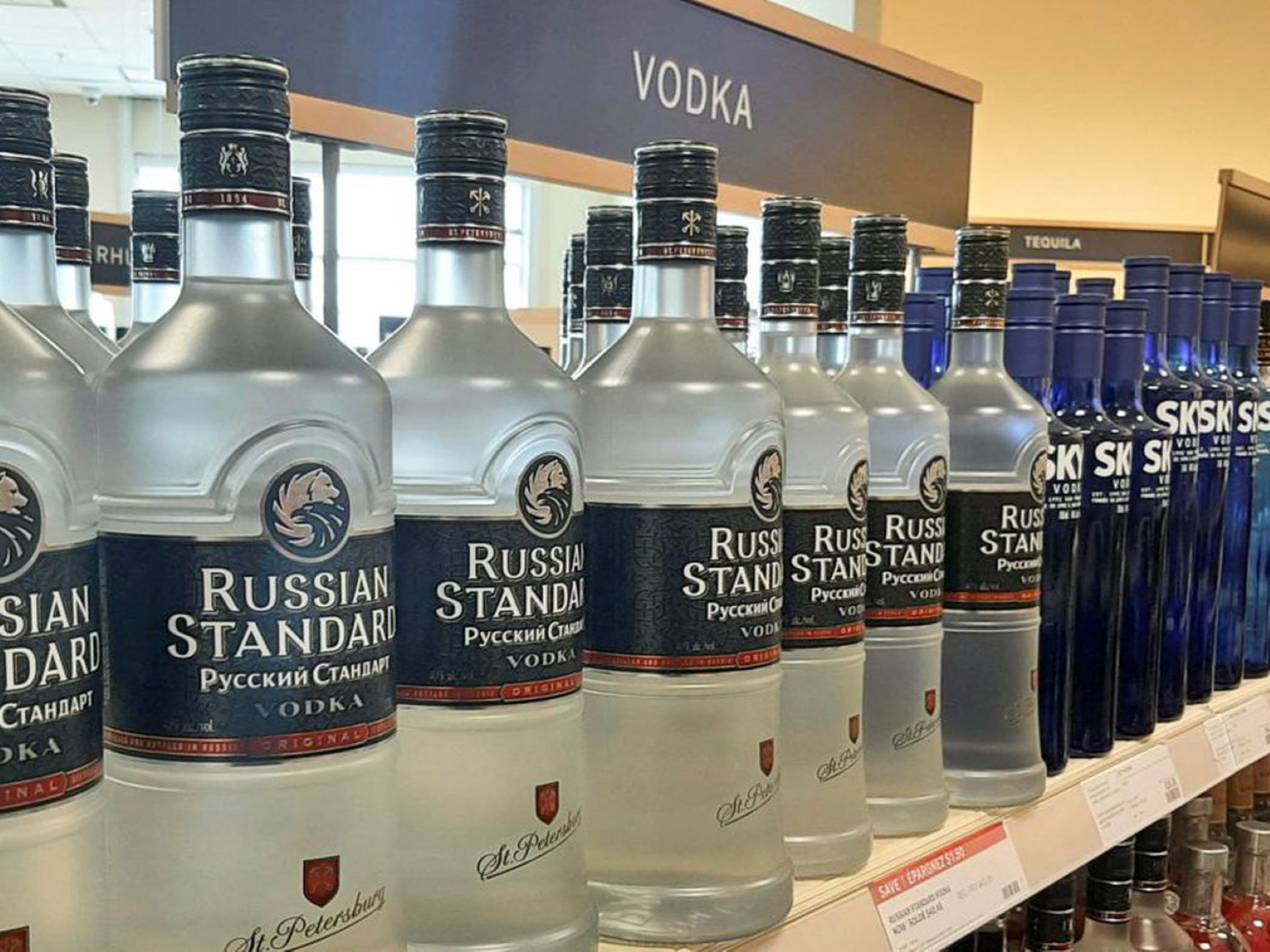
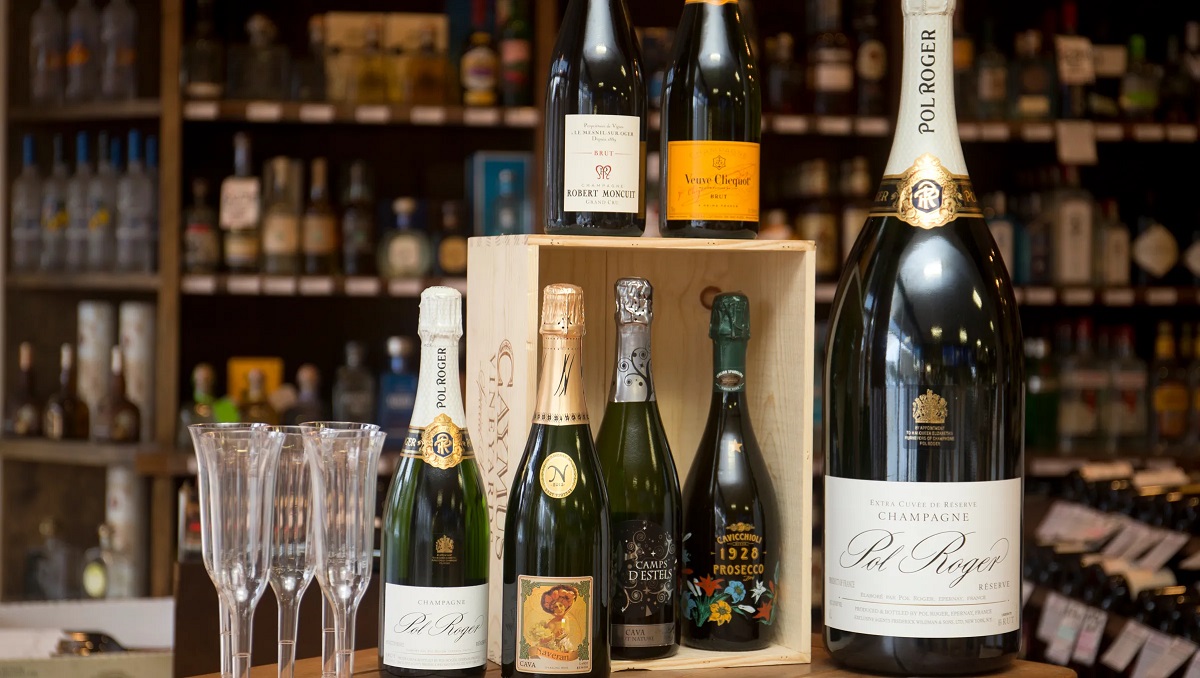
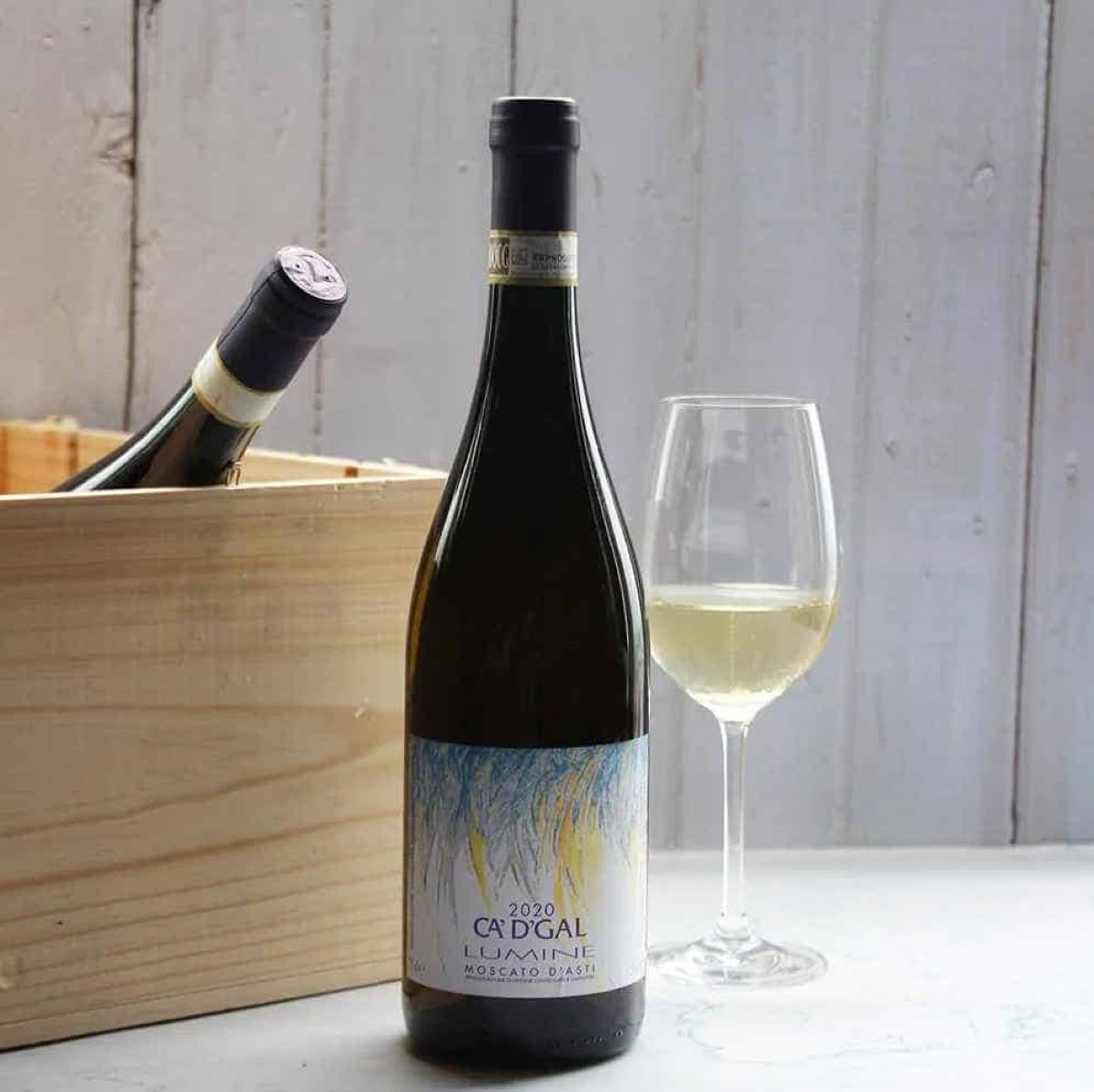
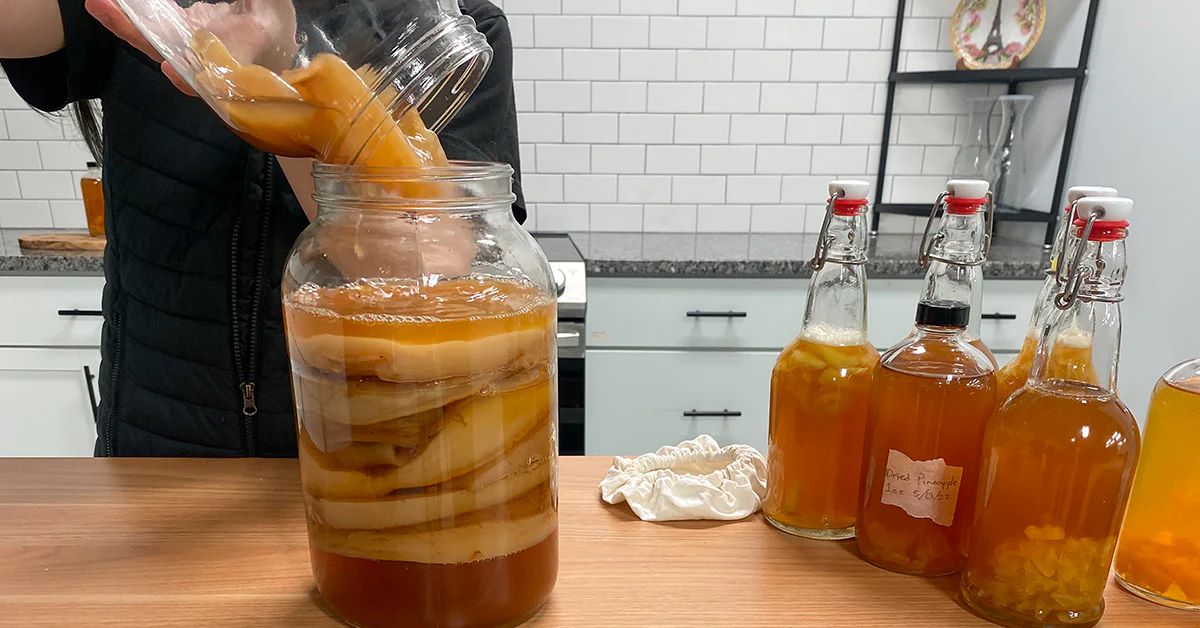
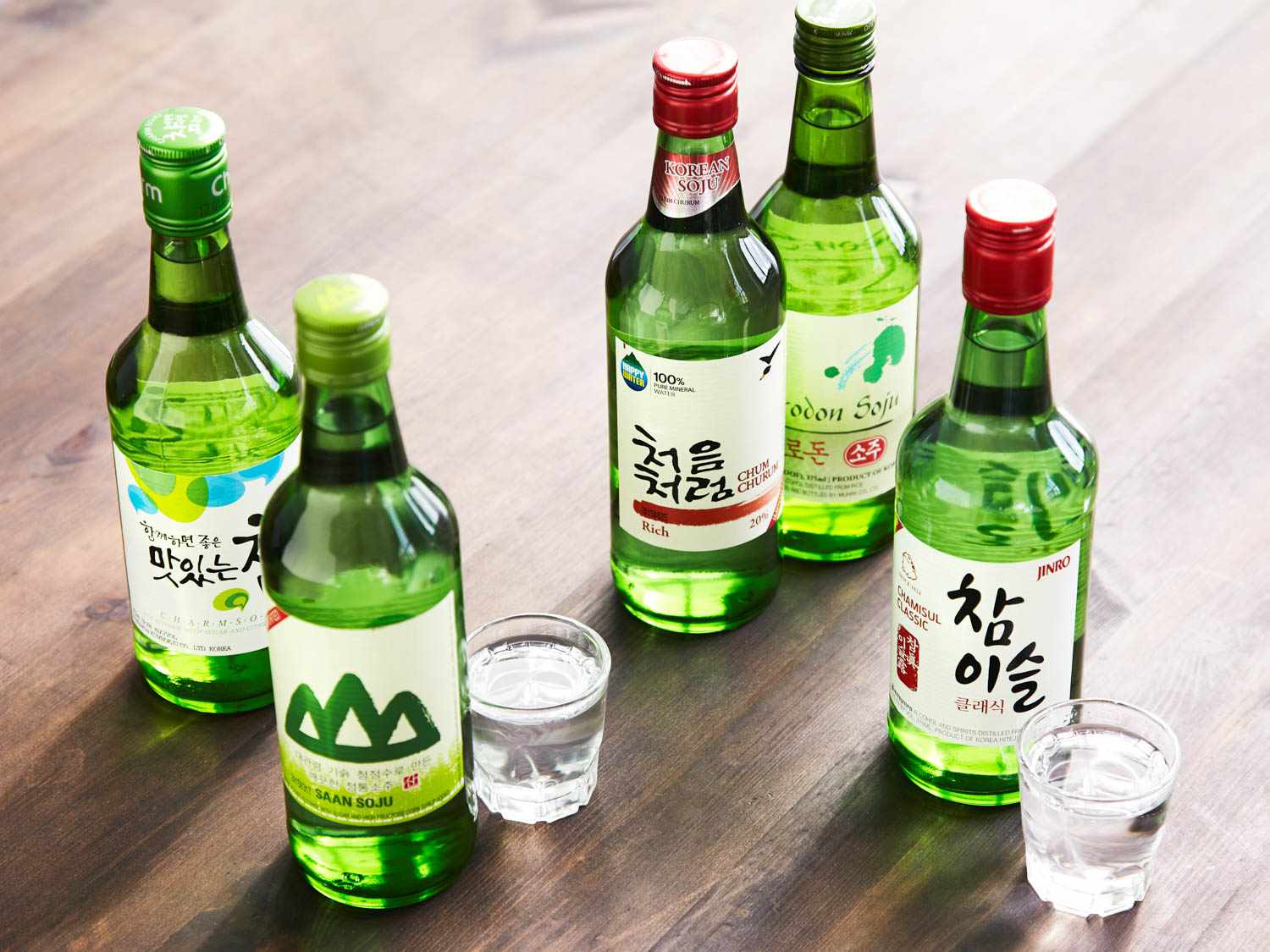
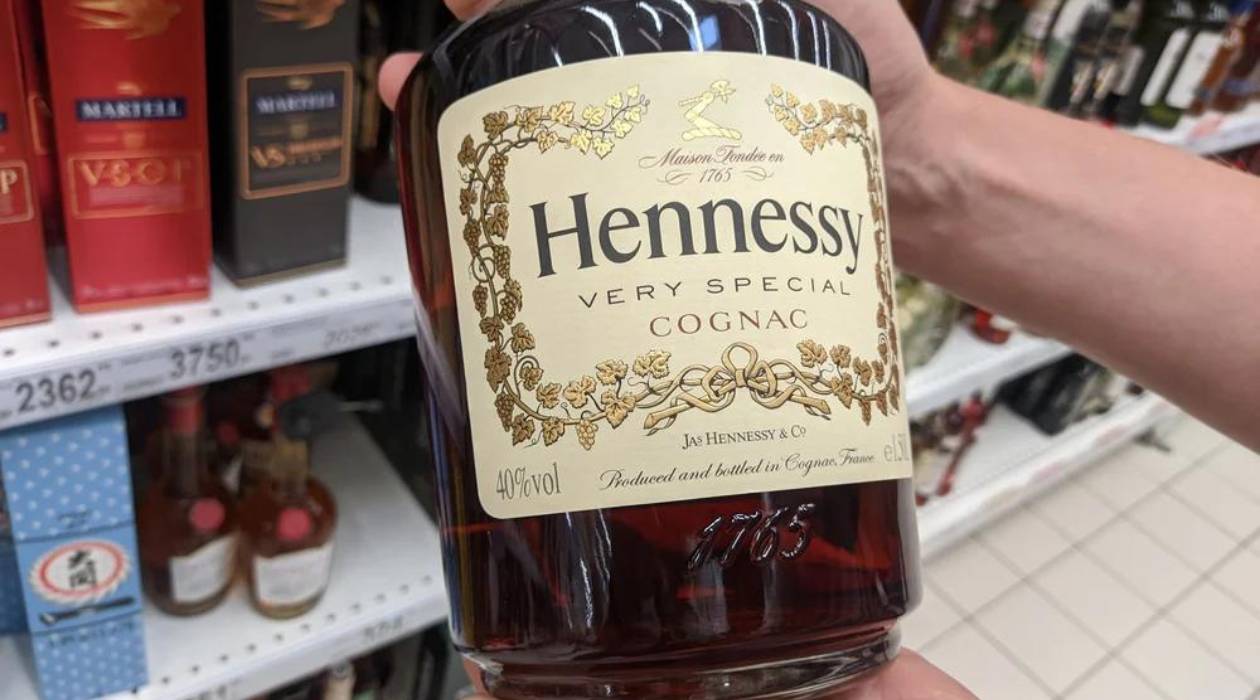
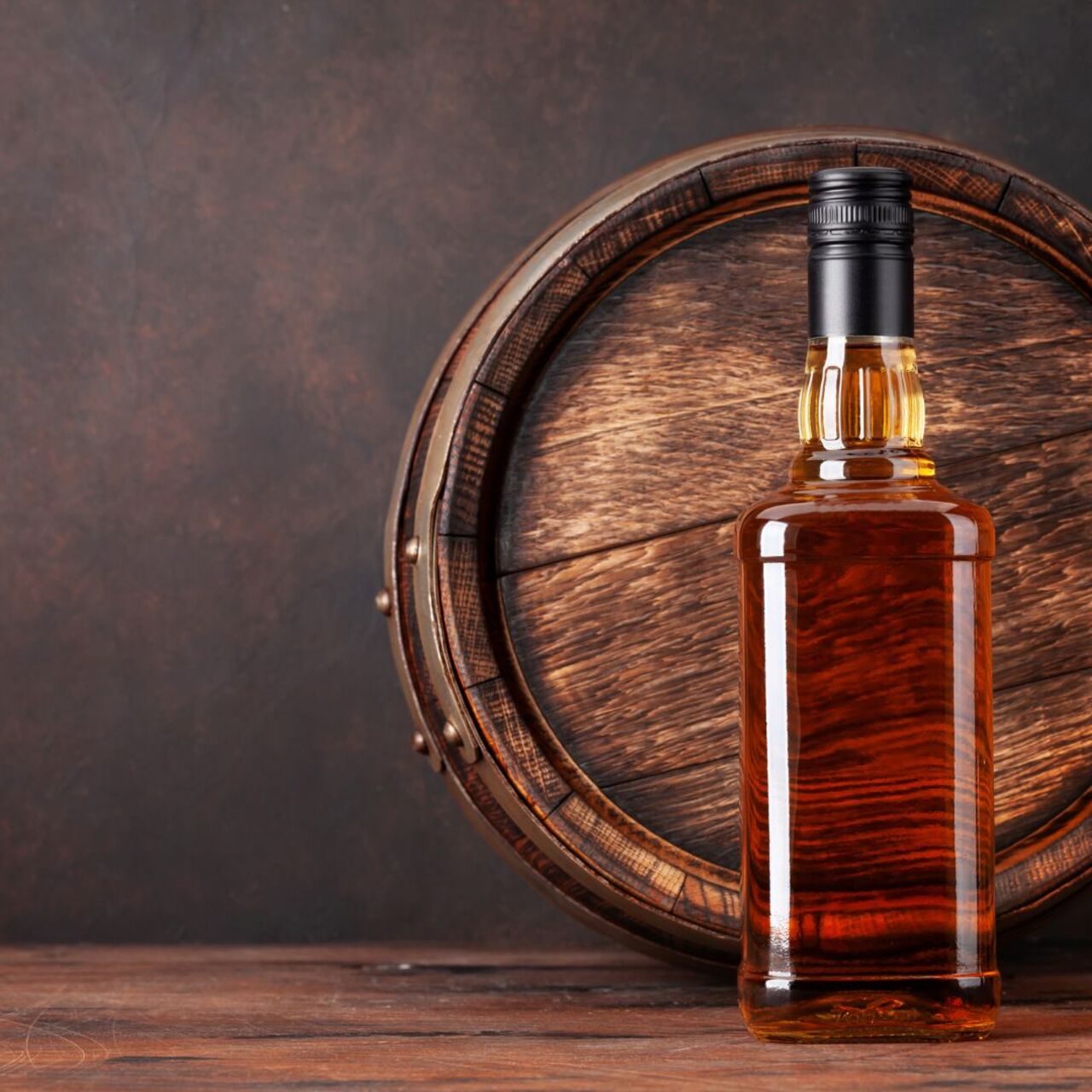
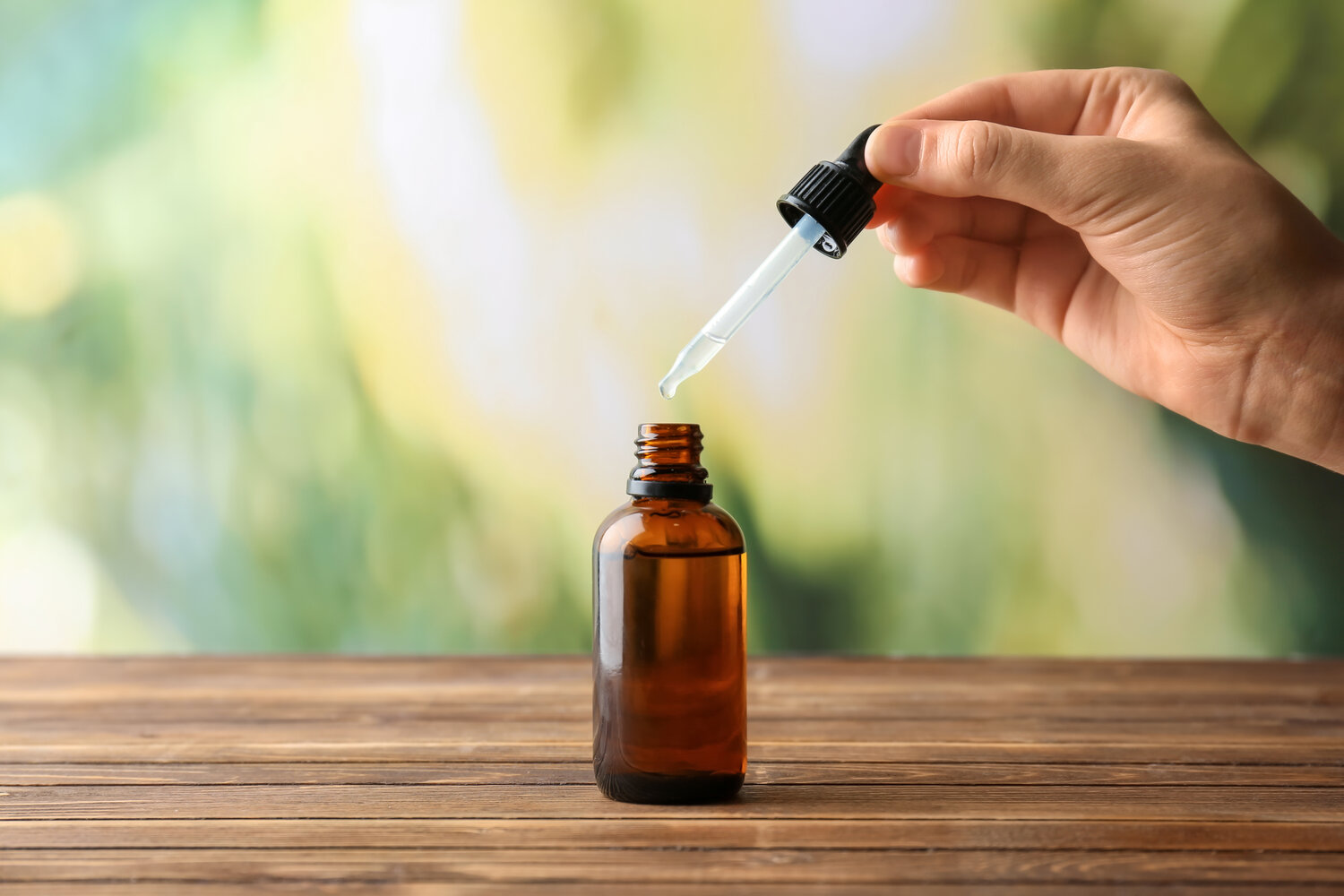

0 thoughts on “How To Store Alcohol”